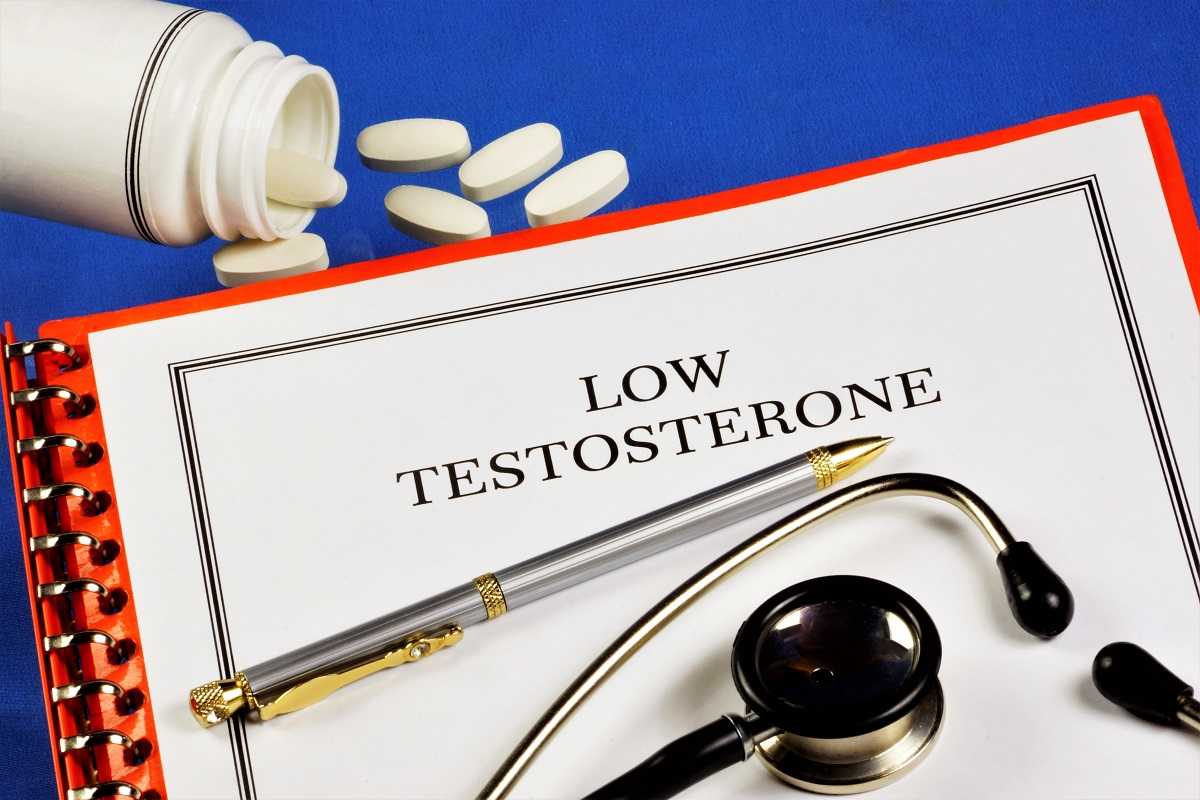What is Low Testosterone
In recent years, an increasing percentage of male patients are being diagnosed with hypogonadism or Low-T (Low Testosterone). While testosterone levels naturally drop with age, this drop can be accelerated and potentially require medical attention if accompanied by symptoms. Therapy is not always a consideration for every patient and it’s crucial that patients be properly evaluated by a doctor prior to starting any testosterone replacement therapy protocol. Patients considering having children should also be aware that treatment can result in an adverse reaction of creating low sperm count. As a result, it’s important for patients to determine if they actually have low-t, what potential treatment protocols are available, and the risks associated with them.
Low-T Definition
It is difficult to completely define “low-t,” since only a small percentage of men experience this syndrome. Currently, some sources claim that 4% of men are affected with Low-T, although this figure varies slightly depending on the source and research conducted.
The symptoms of Low-T vary from patient to patient but include:
- Hypogonadism
- Pelvic muscle weakness
- Muscle atrophy (weakness or atrophy of the muscular tissue)
- Polycystic Ovarian Syndrome
- Infertility
Low Testosterone is often attributed to too much estrogen in the body. That said, it’s possible that the testosterone pathway itself may be somehow compromised. In most cases, it has been found that estrogen levels in the body play a role in driving testosterone production.
What Causes Low T?
Most patients have several likely causes for low testosterone but the most common include certain medical conditions such as:
- Mental illness
- Chronic anxiety and/or depression
- Diabetes or pre-diabetes
- Hypothyroidism
- Lack of Vitamin D, which is linked to reduced testosterone levels cardiovascular disease
- Diseases that affect the adrenal glands
Other causes include:
- Heavy lifting/strength training
- Exercise intolerance or decreased physical activity
- Cortisol suppression, which can occur with illness, stress, cold, and arthritis
- Muscle imbalances, such as a build-up of muscle glycogen leading to decreased testosterone
- Urine sedimentation that is impacted by eating oily fish (a type of omega 3 fatty acid).
Who is at Risk for Low-T?
It’s difficult to pinpoint what causes Low T and what percentage of the population suffers from it. The Center for Disease Control (CDC) estimates that 1 out of every 1,000 men in the United States is diagnosed with hypogonadism or Low-T. A genetic predisposition to a higher risk for Low-T is determined primarily by having a parent who is afflicted by Low-T or hypogonadism.
Most common culprits for Low-T include:
- Inherited mutations in the androgen receptor gene that impacts how the gene functions.
- Low natural testosterone levels caused by damage to the testicles due to physical inactivity, injury, smoking, alcohol, and other physical activities.
- Lower red blood cell count due to weak, often deficient, muscle mass.
Low T Treatment Options
Current Guidelines for the Treatment of Low Testosterone in Men Low-T therapy includes different forms of prescription treatment and non-prescription, over-the-counter supplements that target different hormone pathways, which may be adjusted by the physician.
A positive testosterone test may not always be indicative of low-t as it may simply indicate the presence of a natural hormone deficiency. Testosterone replacement therapy has also become more prominent in the treatment of low-t, with many patients choosing to use testosterone injections. In this protocol, patients undergo regular blood testing which will determine the amount of testosterone being produced. In addition, patients are told to take a supplement of testosterone throughout the day to increase its production.
Low T Treatment Risks
Testosterone plays a critical role in male reproductive health. Patients whose testosterone levels have been restored through Testosterone Replacement Therapy (TRT) can expect to have normal testosterone levels for the rest of their lives. However, if you were taking high doses of Testosterone Replacement Therapy (e.g. 6,000 mg of Testosterone a day) for an extended period of time (years or even decades), you could still suffer the risk of developing hypogonadism over time (low testosterone).
Conclusion
Here at HRT Doctors Group, we encourage you to discuss your particular health issues and medical history with your own physicians prior to beginning any prescribed therapy. We want you to have a strong foundation and to benefit from a patient-doctor relationship. We believe that a patient-doctor relationship should be developed. Contact us today to embark on your hormone therapy journey with trusted guidance and support.
Questions and Answers
Low-T, or low testosterone, refers to a condition where a man’s body does not produce enough testosterone, a hormone crucial for male development and health.
Testosterone regulates muscle mass, bone density, red blood cell production, sex drive, sperm production, and mood.
Testosterone levels naturally decline with age, typically around 1% per year after age 30 or 40, leading to a condition known as andropause or age-related Low-T.
Yes, medical conditions such as hypogonadism, obesity, diabetes, metabolic syndrome, and pituitary disorders can contribute to Low-T.
Testicular injuries or infections can impair the testes’ ability to produce testosterone, resulting in Low-T.
Yes, factors like poor diet, lack of exercise, chronic stress, excessive alcohol consumption, and substance abuse can contribute to low testosterone levels.
Certain medications, such as corticosteroids, opioids, and treatments for cancer or prostate issues, can suppress testosterone production.
Obesity increases the conversion of testosterone to estrogen in fat tissue, reducing the overall testosterone available in the body.
Chronic illnesses like kidney disease, liver disease, and HIV/AIDS can disrupt hormone production, leading to Low-T.
No, Low-T can also result from genetic conditions, such as Klinefelter syndrome, or environmental factors like exposure to endocrine-disrupting chemicals.
